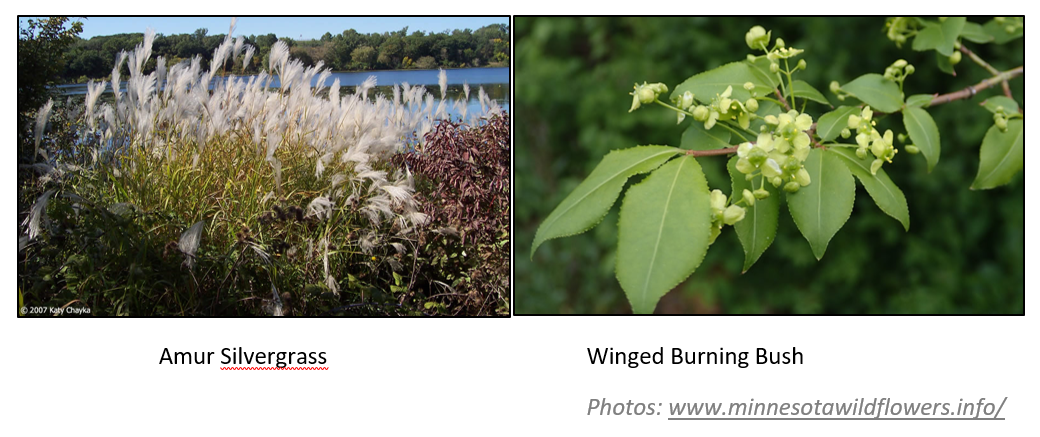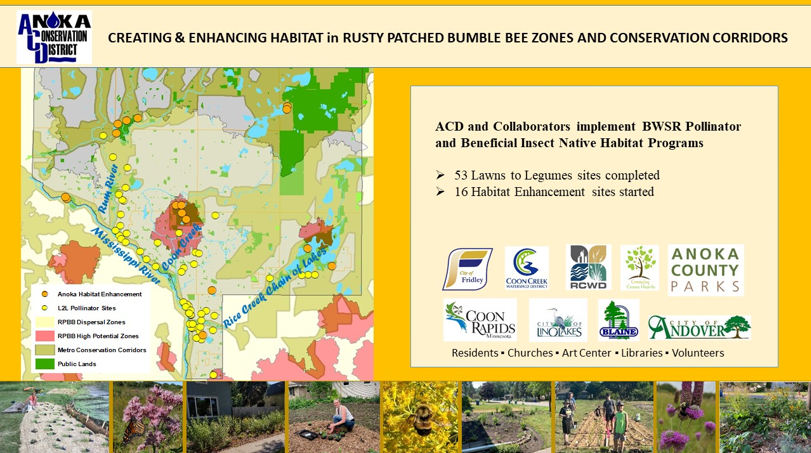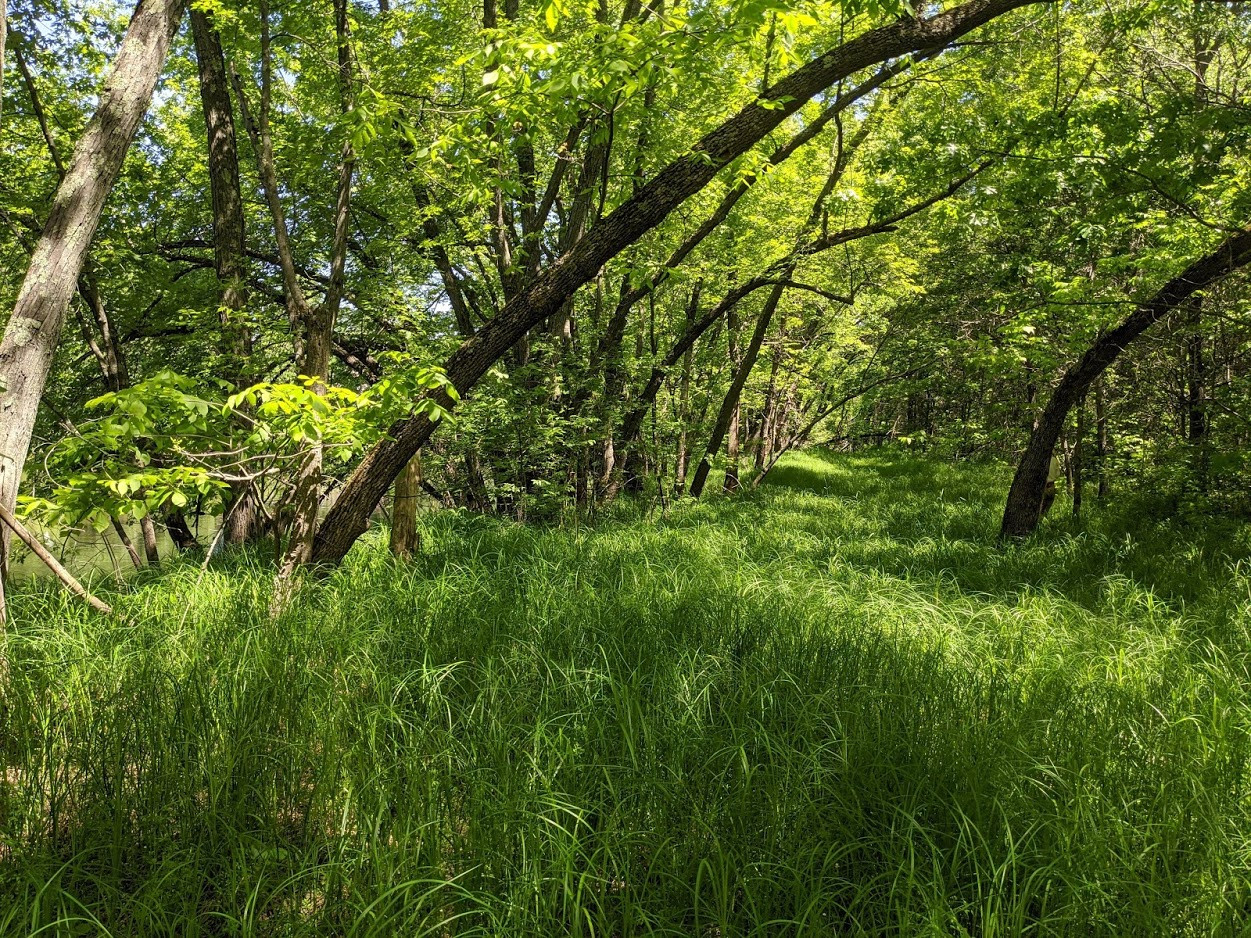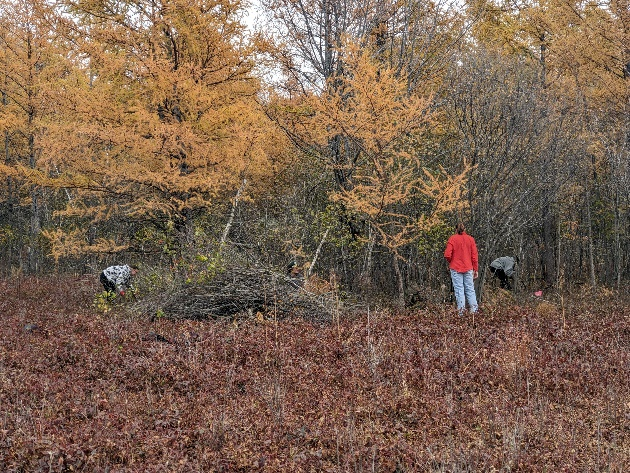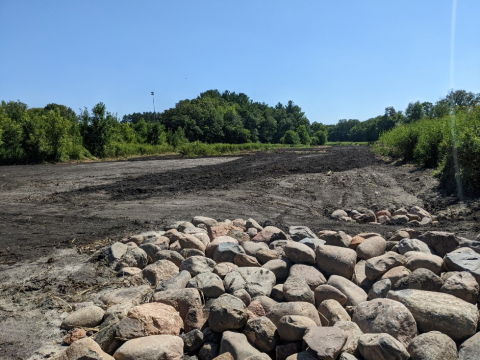Earlier this year, the MN Dept of Agriculture (MDA) added Amur Silvergrass (Miscanthus sacchariflorus) and Winged Burning Bush (Euonymus alatus) to the Restricted category of the state noxious weed list. It is unlawful to sell or propagate Restricted plant species and landowners are encouraged to manage their spread.
Amur silvergrass has been used as an ornamental plant in the US for over a century. It forms dense colonies that can aggressively outcompete native species. Consider replacing this species in your landscaping with showy native grasses such as little bluestem (Schizacharium scoparium), yellow prairie grass (Sorghastrum nutans), or prairie dropseed (Sporobolus heterolepis).
Winged burning bush was also introduced to the US as an ornamental shrub. While its dense thickets made it a popular hedgerow plant, they also enable it to crowd out native vegetation when allowed to spread into natural areas. Winged burning bush produces many seeds which are distributed by wildlife, allowing it to easily spread over long distances. Consider replacing this species with native shrubs such as serviceberry (Amelanchier alnifolia), chokecherry (Prunus virginiana), and button bush (Cephalanthus occidentalis).
Learn more about identification and management of these invasive species with these MDA resources on Amur Silvergrass and Winged Burning Bush.
ACD Contact: Carrie Taylor,
